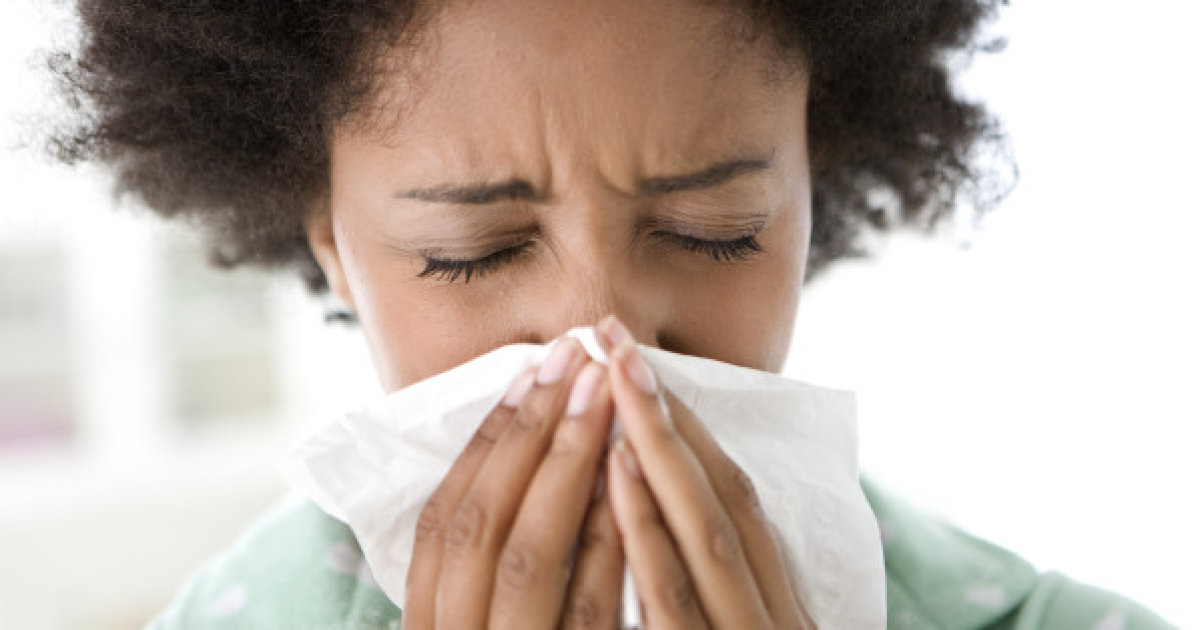How To Know If You Are Allergic To Nuts
Food allergies can occur at any time during an individual's life, but most occur by the age of three. Fifteen million Americans are affected by food allergies which include six percent of all children and four percent of all adults in the United States. The number of children with a peanut allergy has tripled from 1997 to 2008. Even though children can outgrow their food allergies, most adults do not. Continue reading to learn the warning signs that a person may have a nut allergy.
Allergic Reaction When Eating Nuts

Allergic reactions can vary and be different each time an allergen is ingested. This reaction can include a runny nose, itchy skin, hives, pink eye, wheezing, and diarrhea. Each time an allergen is ingested, it is falsely recognized by the immune system as an invader. The immunoglobulin E (IgE) is developed to attack and destroy the invader. Technically, allergies are dysfunctions in the immune system since allergens are non-toxic and should be handled well by the body. A chain reaction occurs in the immune system, and histamines, as well as other inflammatory molecules, are released to elicit an inflammatory response. Allergic reactions are signs that the body is trying to destroy the allergen.
Anaphylaxis

A life-threatening allergic reaction that some individuals may experience is called anaphylaxis. Rapid swelling of the tissues in the throat leads to obstruction of the airway. This is accompanied with a drop in blood pressure and irregular heartbeats. Loss of consciousness can occur with each anaphylactic reaction due to these symptoms that limit breathing and circulation. Anaphylaxis can occur several minutes to hours after exposure to an allergen. It may dissipate with the injection of epinephrine, but anaphylaxis can return up to eight hours later.
Reactions Occur With Any Nut And Nut-Containing Foods

There are eight common food allergies in the United States: eggs, soy, milk, fish, shellfish, wheat, peanuts, and tree nuts. Peanuts are legumes that grow underground while other nuts grow on trees. Most individuals allergic to nuts are also allergic to peanuts. The Food Allergen Labeling and Consumer Protection Act requires all food manufacturers to include the presence of peanuts on the label of any food product that contains peanuts, peanut flour, peanut butter, and peanut protein hydrolysate. Nuts can be hidden in some foods such as baked goods, candy, chili, egg rolls, enchilada sauce, and nougat.
Diagnosing A Food Allergy

Board-certified allergists are the professionals trained in diagnosing and treating food allergies. After obtaining a detailed medical and diet history, the allergist can apply a variety of diagnostic strategies. The elimination diet is the simplest of these strategies and consists of eliminating one suspected food allergen at a time. If the symptoms subside, then the allergen is identified. The Skin Prick Test is a procedure in which a small amount of a food extract is injected below the surface of the skin. Within minutes, redness and swelling will occur near the injection site of the allergen if the person is allergic to it.
Symptoms Respond To Treatment

The primary treatment for food allergies is to eliminate the food from the individual's diet. This can prove to be quite a challenge depending on the amount of the allergen present within a person's diet. Avoiding cross-contamination is a key strategy. Storing nuts away from other foods, using separate utensils to handle nuts, and thoroughly cleaning any parts of the kitchen that comes in contact with nuts are examples of avoiding cross-contamination. Kissing and sharing toothbrushes can lead to cross-contamination as well. Reading labels and communicating with food preparers are other strategies necessary to avoid consuming nut allergens.
